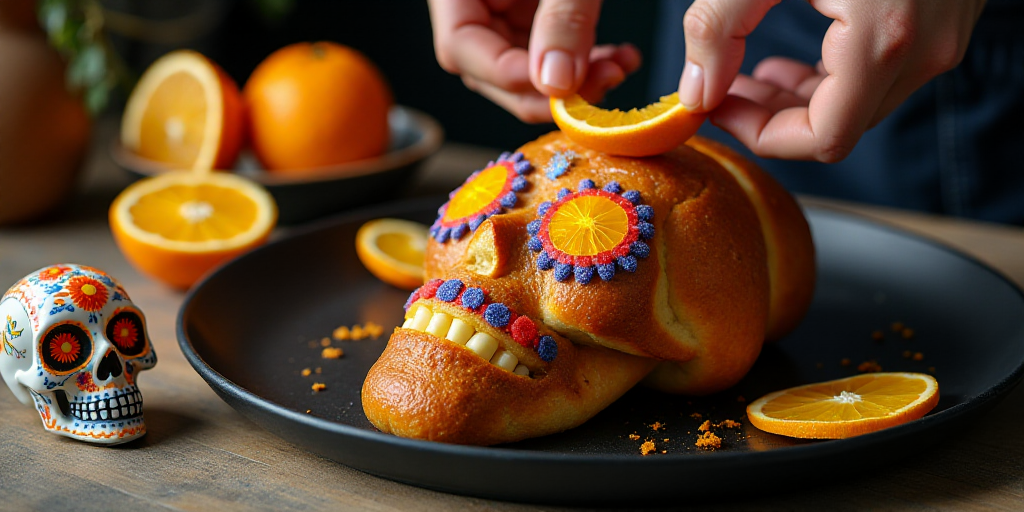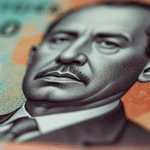Rising Costs Impact the Iconic Bread of Mexico’s Day of the Dead
The traditional bread known as “pan de muerto” returns to Mexican tables this year with a different taste: the taste of increased costs. The emblematic piece has seen an average rise of 10% to 15% compared to the previous year, driven by food inflation, rising sugar prices, and energy costs affecting panaderías directly.
The Significance of Pan de Muerto
Pan de muerto is not just a traditional Mexican custom; it’s also one of the most significant consumption peaks for the bakery industry. However, this year, bakeries are operating with tighter margins.
Factors Driving Up Costs
- Sugar Price Increase: A 50-kilo sugar bag now costs around 1000 pesos, a hike that’s immediately reflected in the mixture.
- Stable Wheat Flour: Wheat flour is more stable, costing around 17 to 20 pesos per kilo.
- Rising Fat Prices: Fats like butter or margarine have increased by up to 25% compared to 2024, according to Profeco.
- Energy Costs: Gas LP and electricity have seen adjustments this year, adding up to 8% to a small bakery’s cost structure.
From Wheat to Counter: The Price Hike Journey
In 2024, traditional pan de muerto ranged from 11 to 25 pesos per piece in popular stores and bakeries. In 2025, prices start at 9.50 pesos for small supermarket presentations and go up to 20 pesos for standard pieces.
Artisanal bakeries, using butter and natural essences, sell their classic versions between 35 and 45 pesos. Gourmet or filled panes can exceed 150 pesos per unit. In major chains, a nine-piece charlotte costs around 170 pesos, equivalent to about 18 pesos per piece.
Inflation Fermenting
While Mexico’s general inflation hovers around 3.7%, food inflation remains above this level. The rise in agricultural commodity prices, freight, and packaging affects pan production, which concentrates several of the market’s most sensitive inputs: wheat flour, sugar, eggs, milk, butter, and energy.
The National Chamber of the Bakery Industry (CANAINPA) estimates that total production costs have increased by 12% to 25% in 2025, depending on the pan type and region. In southeastern zones, where heat necessitates refrigeration of ingredients and increased electricity consumption, the rise could be even greater.
Small Bakeries: Surviving Between Gas and Butter
For small bakers, the increase doesn’t translate to profits but rather resilience. Many have opted to adjust quantities, reduce fillings, or limit daily production to avoid overpricing the product.
Others apply more subtle strategies: selling “mini” versions, offering combos, or replacing ingredients like butter with vegetable margarine. The decision is pragmatic but not always popular among customers.
The Consumer Faces the Altar
Despite the increase, pan de muerto remains an emotional expense. Most consumers prioritize preserving tradition, even if it means buying a smaller or shared version.
Consumption data predict that, despite higher prices, demand for the season will grow by 20% to 30% compared to regular months. The allure of flavor, nostalgia, and the ritualistic nature of the product keeps its sale alive, even above other bakery categories.
Pan de Muerto as an Economic Thermometer
Pan de muerto has unintentionally become an economic barometer. Its price encapsulates several structural factors: commodity volatility, logistics costs, energy effects, and internal consumption resilience.
Every October, this traditional product paints a clear picture of the Mexican economy: one growing at a moderate pace, with sectors resisting inflation through ingenuity and tradition.
In the coming years, experts predict that the bakery industry will face a greater challenge: balancing profitability with authenticity. Because in a country where pan de muerto is more than just food, each piece coming out of the oven is also an offering to purchasing power.






